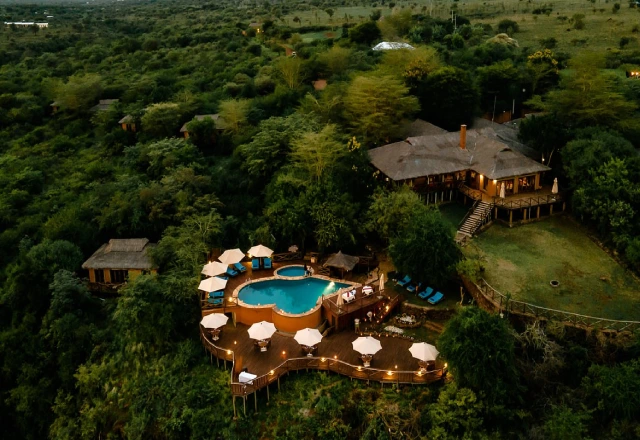Conquering Mount Kilimanjaro: Understanding and Overcoming Altitude Sickness
Conquering Mount Kilimanjaro: Understanding and Overcoming Altitude Sickness
Climbing Mount Kilimanjaro is not just a trek — it’s a dream, a challenge, and a journey to the roof of Africa. The path to Uhuru Peak (5,895 m) is breathtaking, emotional, and deeply personal. Yet, one invisible challenge stands between you and the summit — altitude sickness.
At Jairos Adventure, we believe that every climber deserves to reach the top safely and joyfully. That’s why we go beyond guiding — we prepare you, support you, and walk beside you, step by step, breath by breath.
What Is Altitude Sickness?
Altitude sickness — or Acute Mountain Sickness (AMS) — happens when your body struggles to adapt to the thin air as you ascend. The higher you climb, the less oxygen there is. On Kilimanjaro, you’ll feel the difference above 2,500 meters, where oxygen levels drop dramatically.
But here’s the truth: altitude sickness is not the end — it’s a signal. Your body is asking for time. With the right pace, guidance, and care, you can still conquer the mountain safely.
Common Symptoms to Watch For
Knowing the signs early can save your climb — and your life. Watch for:
- Headache or dizziness
- Nausea or loss of appetite
- Fatigue or sleeplessness
- Shortness of breath
- Swelling of hands or face
These are normal, mild symptoms at high altitude. But if ignored, they can turn into serious conditions like HAPE (fluid in the lungs) or HACE (swelling in the brain).
How Jairos Adventure Keeps You Safe
Your safety is our top priority. Our experienced guides are trained in altitude response and first aid. We use pulse oximeters to monitor your oxygen levels daily, adjust your pace, and ensure proper acclimatization.
We also choose the best Kilimanjaro routes for gradual altitude gain — like the Lemosho Route or Machame Route — to give your body time to adjust naturally.
We believe in “Pole Pole” — Swahili for slowly, slowly. It’s more than a phrase; it’s the secret to success on Kilimanjaro.
💡 Pro Tips to Prevent Altitude Sickness
- Climb slowly and rest often — never rush your ascent.
- Stay hydrated — drink at least 3 liters of water daily.
- Eat well — energy is essential at altitude.
- Avoid alcohol and smoking before and during the climb.
- Consider acclimatization days — they make a big difference.
- Take Diamox (if recommended) — consult your doctor before traveling.
You Can Beat the Mountain — With the Right Team
Altitude sickness can be intimidating, but with the right support, it doesn’t have to stop you. Thousands of climbers have reached Uhuru Peak safely with Jairos Adventure — and each one has a story of courage, hope, and perseverance.
The mountain tests your limits, but it also reveals your strength. We’ll be there to help you discover it.
Ready to Climb Kilimanjaro Safely?
Join Jairos Adventure and experience the most trusted, caring, and professional team on Mount Kilimanjaro. From preparation to summit celebration, your safety and success are our greatest goals.
Climb with confidence. Climb with Jairos Adventure.
Because every heartbeat, every step, every breath — matters on the mountain.


